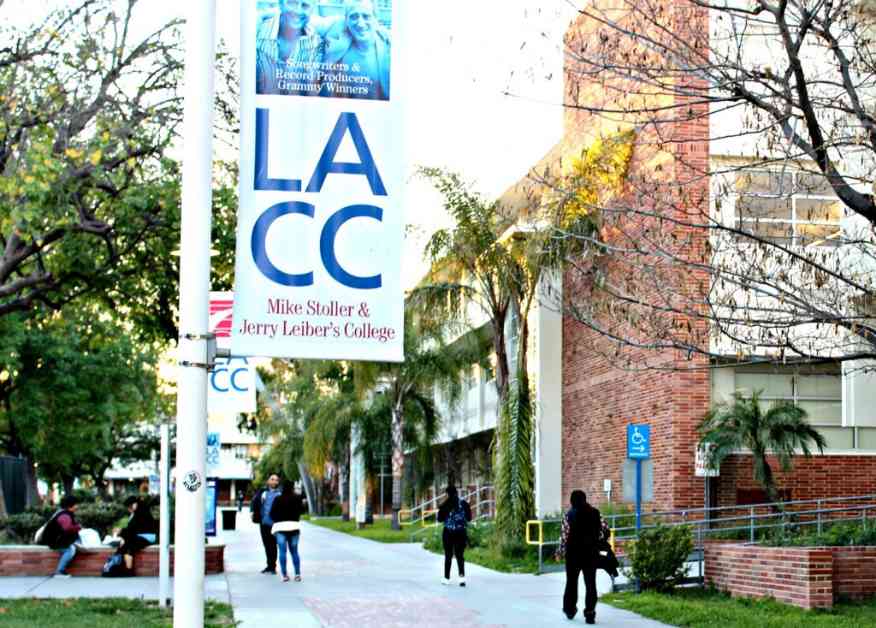California Community College Students Struggle with Financial Burdens
California Community Colleges have long been touted as affordable options for students seeking higher education. However, a recent report from The Institute for College Access & Success (TICAS) and Student Senate for California Community Colleges (SSCCC) sheds light on the financial struggles that many current and prospective students face. The report highlights the challenges faced by community college students, particularly those from low-income backgrounds and students of color, who are grappling with unmanageable college and living expenses, as well as hefty student loans.
Unique Challenges of Community College Students
Community college students face a myriad of challenges that can hinder their ability to succeed academically. Many students come from low-income households and experience food and housing insecurity while pursuing their postsecondary dreams. Additionally, some students financially support a child or other family members, adding to their financial burden. These challenges can make it difficult for students to afford the cost of attending community college, which includes tuition, food, housing, textbooks and materials, and transportation.
Affordability Concerns for Community College Students
The report found that community college can quickly become too expensive for students from low-income families to manage. In fact, for a student whose family earns less than $30,000 annually, the annual net price of attending community college can be significant. For example, Butte College had an annual net price of $14,600, Cuesta College cost $18,900, and Long Beach City College came in at $20,200. These costs can be prohibitive for many students, especially those who are already facing financial challenges.
Limited Access to Grant Aid
One of the key findings of the report is that community college students often struggle to access grant aid. Prospective students may be unaware of their eligibility for aid or lack the support to navigate the application process. In 2019-20, only 51% of community college students in California applied for federal financial aid, compared to 75% of students attending public four-year universities. This disparity in access to grant aid can further exacerbate the financial challenges faced by community college students.
Student Loan Debt Among Community College Students
As a result of limited access to grant aid, many community college students, particularly students of color, are forced to take out student loans to finance their education. Alarmingly, while Black students made up just 5% of California community college enrollment in 2021-22, they accounted for 20% of student borrowers. This disparity highlights the disproportionate impact of student loan debt on marginalized communities and underscores the need for greater financial support for community college students.
Work-Study Balancing Act
In an effort to make ends meet, many community college students work while taking classes. The 2021-22 Student Expenses and Resources Survey (SEARS) found that more than 75% of community college students reported working at least 21 hours a week, with almost half working at least 36 hours – nearly a full-time job. While working can help students cover their expenses, research shows that excessive work hours can negatively impact students’ academic success by limiting the time they have to learn and study.
Policy Recommendations for Addressing Financial Challenges
In light of these findings, it is clear that California must do better in supporting community college students facing financial challenges. One key recommendation is to expand access to aid opportunities for community college students. Policymakers can start by following through on their commitment to reform the Cal Grant program, which would expand eligibility to more low-income students and ensure that student awards keep pace with inflation.
Additionally, policymakers and community colleges should explore innovative ways to ensure that incoming students complete the Free Application for Federal Student Aid (FAFSA) or California Dream Act Application (CADAA). Increasing completion rates for these applications can maximize access to aid for prospective community college students who may not have recently completed high school.
Furthermore, policymakers should work to make the Student Success Completion Grant more equitable by offering aid to students who attend part-time and adjusting the amount of aid based on credit load. This can help ensure that all community college students have access to the financial support they need to succeed academically.
In conclusion, California Community Colleges are designed to serve all communities and uplift students from every walk of life. By implementing intentional reforms that support the whole student, we can ensure that all Californians have equitable and affordable access to a quality education at their local community college. It is essential that policymakers prioritize the financial well-being of community college students and work towards creating a more accessible and inclusive higher education system for all.
